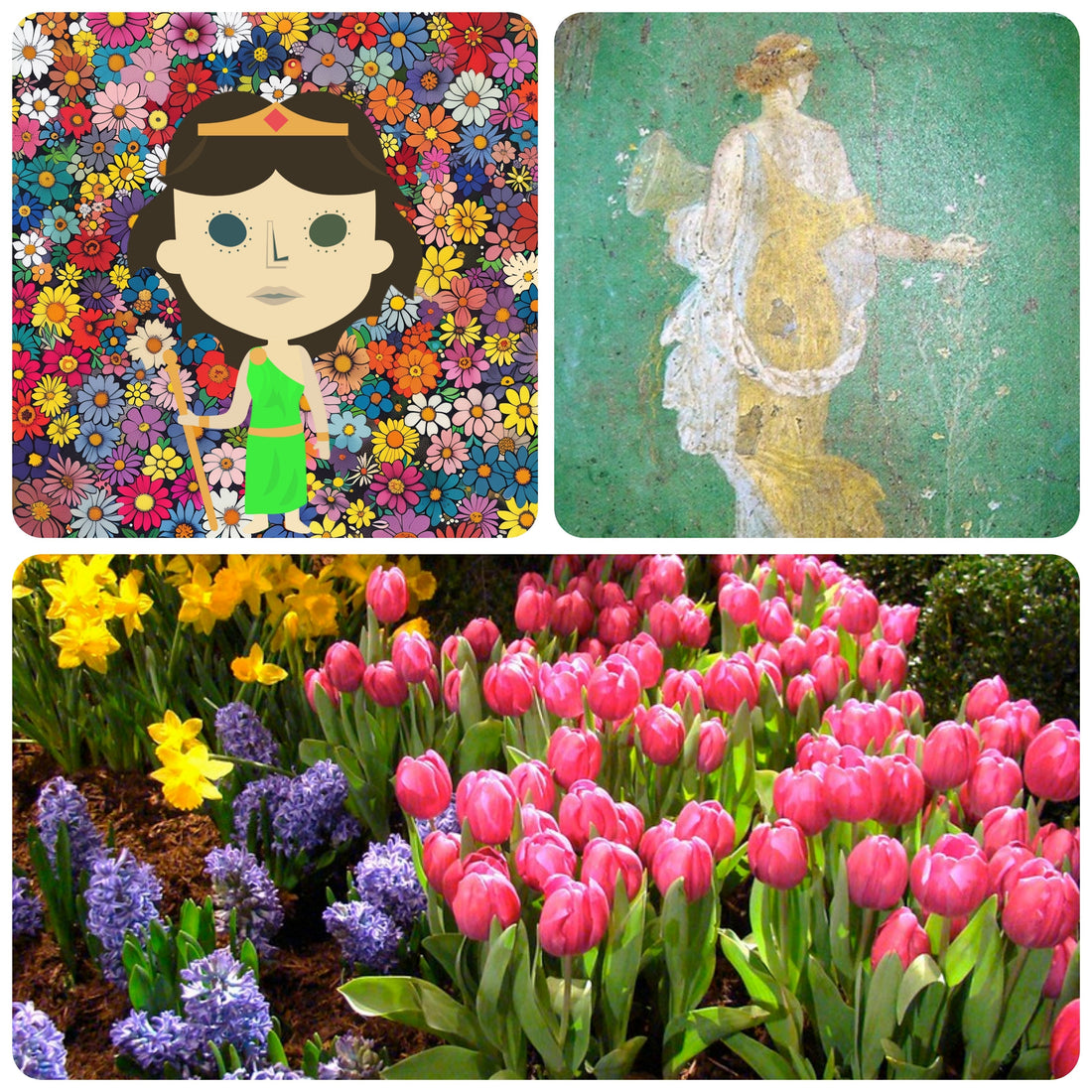
Celebrating Life in Bloom: The Roman Festival of Floralia
Share
In the bustling streets of ancient Rome, amidst the grandeur of temples and the roar of the Colosseum, the Romans found time to honor not just gods of war and wisdom, but also the gentle forces of nature. One such celebration was Floralia—a vibrant and joyful festival dedicated to Flora, the goddess of flowers, spring, and fertility.
Who Was Flora?
Flora was a relatively minor deity in the grand pantheon of Roman gods, but her influence was anything but small. As the embodiment of blossoming plants and new life, she represented the fertility of the Earth. Her Greek counterpart was Chloris, a nymph associated with spring and flowers. The Romans believed Flora’s blessings were essential for crops, gardens, and all things that bloom.

The Origins of Floralia
Floralia was first instituted in 238 BCE following the consultation of the Sibylline Books, a collection of prophetic texts. The Senate initiated the festival to appease Flora and ensure agricultural prosperity during a time of crop failure. Over time, it evolved into one of the most colorful festivals in the Roman calendar.
When and How It Was Celebrated
Held from April 28 to May 3, Floralia marked the renewal of life after the long slumber of winter. The timing was no accident—April and early May were when the fields and hillsides of Italy exploded into bloom.
The festivities included public games (ludi Florales) in the Circus Maximus, where theatrical performances, pantomimes, and gladiator contests were staged.
Brightly colored clothing, particularly in floral hues, was encouraged, and revelers often adorned themselves with garlands. Flowers were everywhere—thrown into the air, woven into hair, and offered to the goddess.
Rituals and Symbolism
The festival wasn’t just a party—it was steeped in deep symbolism. Goats and hares, animals known for their fertility, were released into the crowds as part of the festivities. People would drink, dance, and indulge in the pleasures of life, all in the spirit of honoring the Earth’s renewal and expressing gratitude for its bounty.
Floralia was also a moment for the community to relax social hierarchies. The usual constraints of Roman decorum loosened, and the playful tone of the festival reflected an open celebration of life's pleasures.
Legacy of Floralia
Although Floralia eventually faded with the Christianisation of the Roman Empire, its echoes remain in modern spring festivals. The idea of celebrating flowers, spring, and rebirth is universal—and we see traces of Floralia in May Day traditions, floral parades, and seasonal fertility festivals across Europe.
In a world that often leans toward the serious and the structured, Floralia reminds us of the value of joy, beauty, and renewal. It celebrated life not just in the grand sense, but in the small, fragrant bloom of a flower—reminding Romans to savor the fleeting moments of pleasure and to give thanks for the cycles of nature that sustain us all.